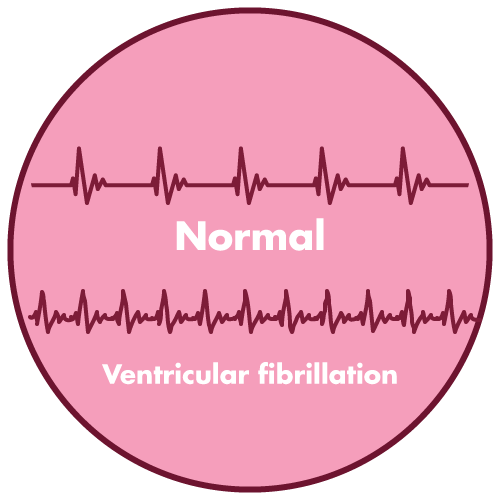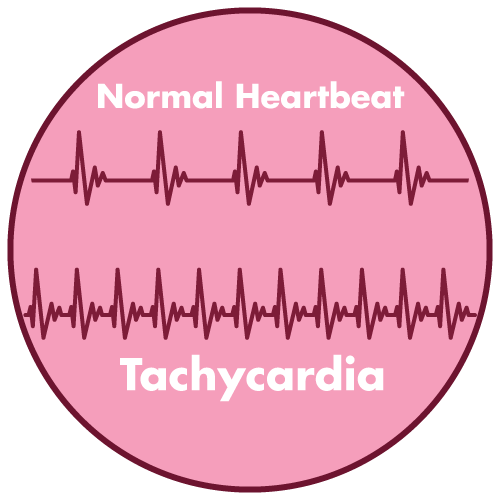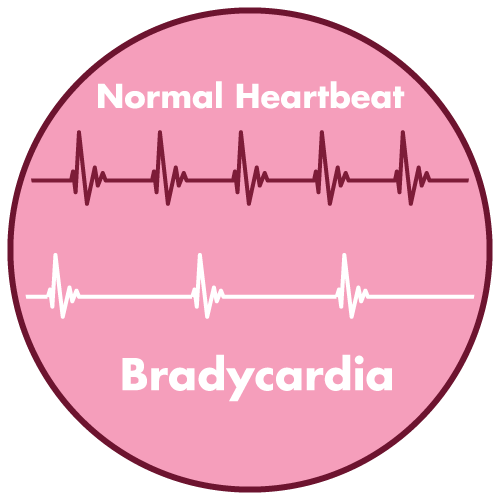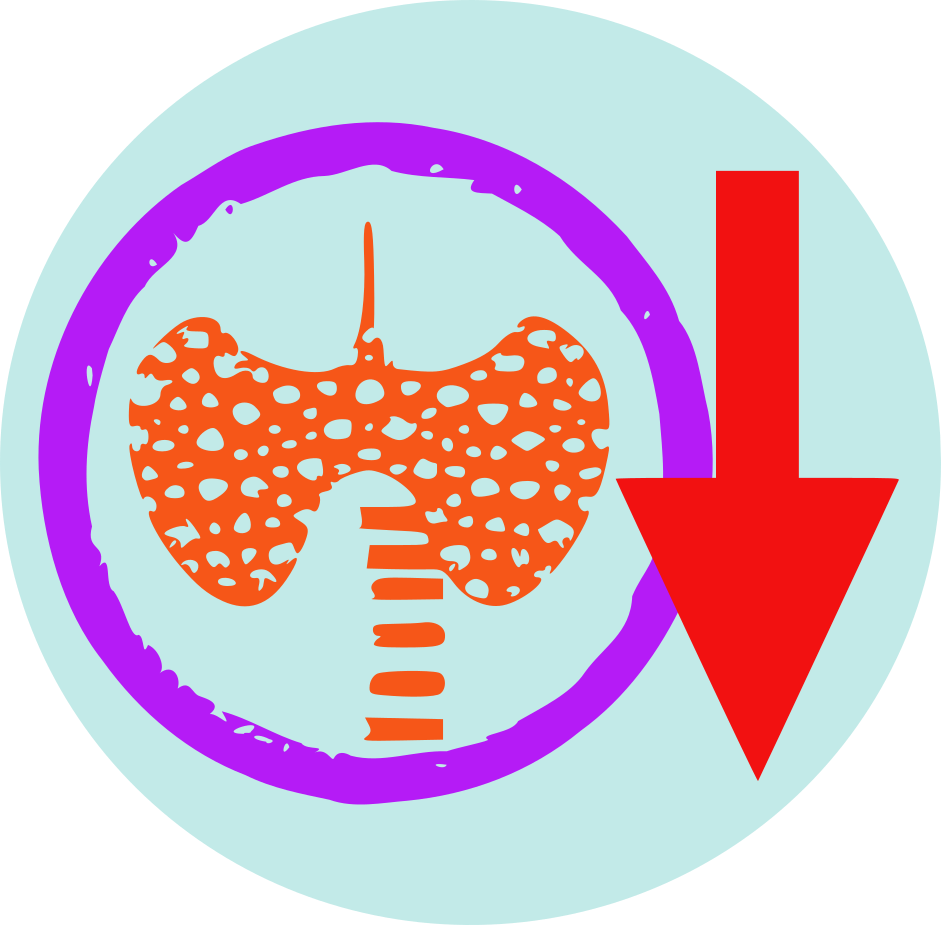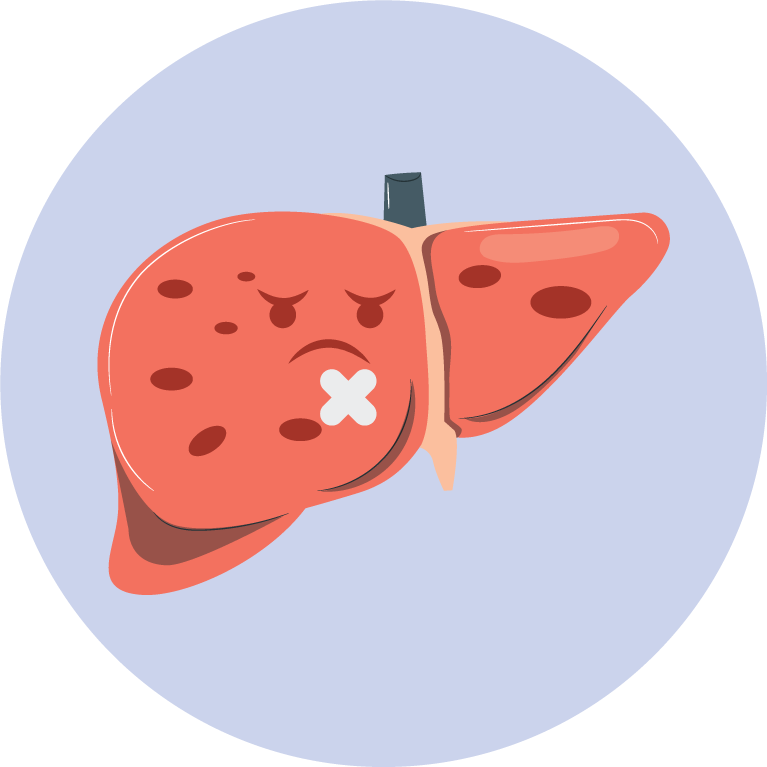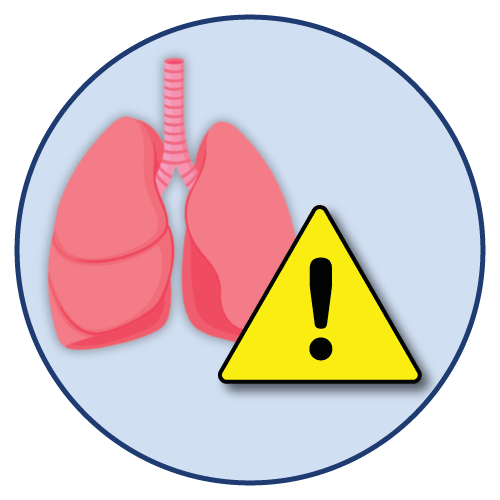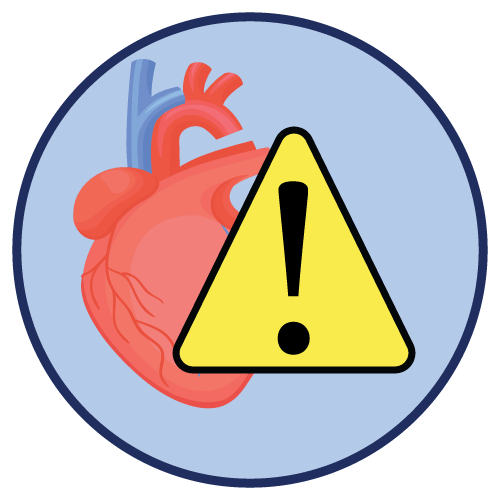| Name | Amiodarone Hydrochloride |
| Classes |
Cardiovascular Agent Antiarrhythmic Agent Potassium Channel Blocker |
| Diseases |
Arrhythmia Cardiovascular Disease |
Amiodarone Hydrochloride
Amiodarone is in a class of medications called antiarrhythmics. It works by relaxing overactive heart muscles.
Amiodarone is indicated only for the treatment of the following documented, life-threatening recurrent ventricular arrhythmias when these have not responded to documented adequate doses of other available antiarrhythmics or when alternative agents could not be tolerated.
- Recurrent ventricular fibrillation
- Recurrent hemodynamically unstable ventricular tachycardia
It is particularly important that the minimum effective dose be used. In all cases the patient's management must be judged on the individual response and well-being. The following dosage regimen is generally effective:
Initial stabilization:
- Treatment should be started with 200mg, three times a day and may be continued for 1 week.
- The dosage should then be reduced to 200mg twice daily for a further week.
Maintenance:
- After the initial period the dosage should be reduced to 200mg daily, or less if appropriate.
- Rarely, the patient may require a higher maintenance dose. The scored 100mg tablet should be used to titrate the minimum dosage required to maintain control of the arrhythmia. The maintenance dose should be regularly reviewed, especially where this exceeds 200mg daily.
Side effects associated with the use of Amiodarone include-
- bradycardia
- hypothyroidism
- visual disturbances
- constipation
- dry mouth
- liver problems
- tremor
- insomnia
- pulmonary problems
- Because of its unique pharmacokinetic properties, difficult dosing schedule, and severity of side effects patients should be properly monitored when treating with Amiodarone.
- Amiodarone should only be administered by physicians who are experienced in the treatment of life-threatening arrhythmias, who are well-versed in the risks and benefits of Amiodarone therapy and who have access to laboratory facilities capable of adequately monitoring the effectiveness and side effects of treatment.
- There have been reports of optic neuropathy and optic neuritis.
- In rare cases, chronic oral amiodarone use can cause peripheral neuropathy, which may resolve when amiodarone is stopped, but this resolution has been sluggish and incomplete.
- In roughly 10% of patients, amiodarone causes photosensitization; some protection can be obtained by using sun-blocking lotions or wearing protective clothes.
- In clinically euthyroid patients, amiodarone inhibits peripheral conversion of thyroxine (T4) to triiodothyronine (T3), resulting in higher thyroxine levels, decreased T3 levels, and increased levels of inactive reverse T3 (rT3).
- Amiodarone can lead to thyrotoxicosis, which can be fatal.
- Patients getting general anesthesia should have close perioperative monitoring.
- Individuals should be informed that most corneal refractive laser surgery device makers advise against the treatment in patients using Amiodarone.
Contraindication
Contraindicated in patients hypersensitive to amiodarone or any component of the medication.
There is no known contraindications of Amiodarone in terms of food and drinks.
Amiodarone is contraindicated in patients with
- cardiogenic shock
- severe sinus-node dysfunction
- causing marked sinus bradycardia
- second- or third-degree atrioventricular block
- bradycardia
 Bangla
Bangla English
English